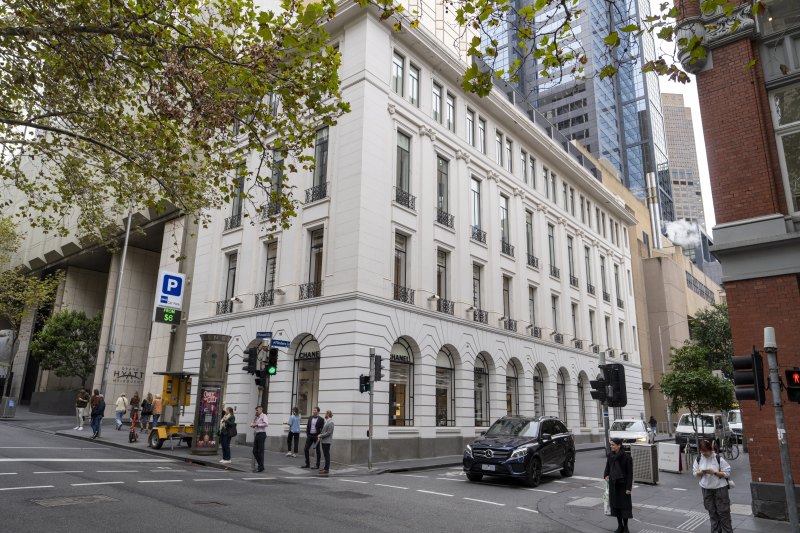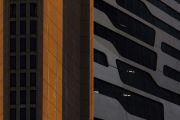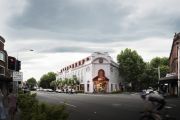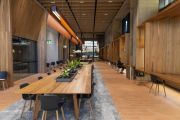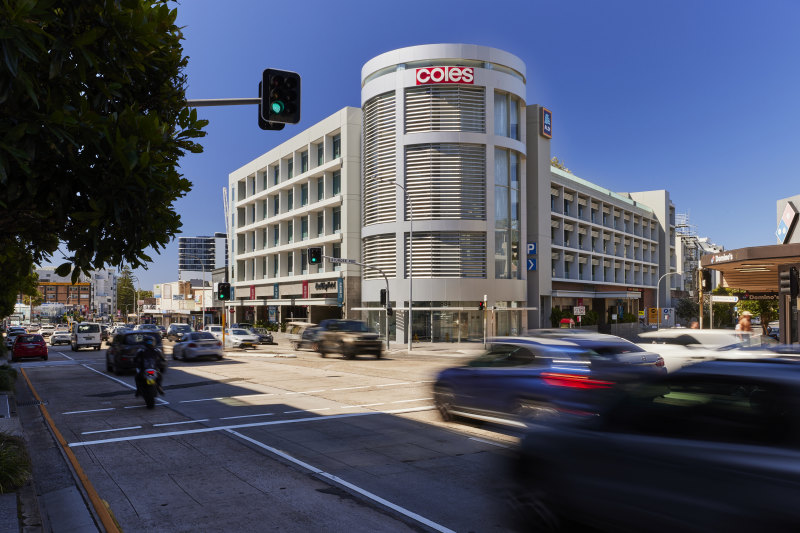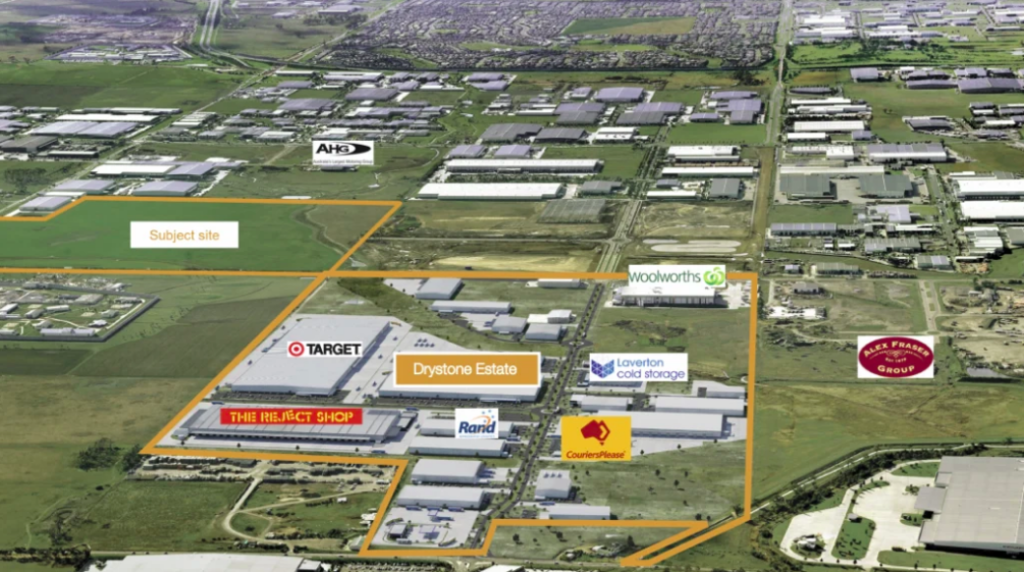
Melbourne's west feels the squeeze as industry snaps up land
Melbourne’s western suburbs, which have seen an explosion of industrial development, are now fast running out of supply, according to JLL.
Unless service provision can keep up with projects, there could be only 4½ years left with suitable industrial land available.
The warning comes as large, well-priced sites with easy access to ports, road and rail ensure the area’s increasing appeal to logistics, light manufacturing and food distribution.
A JLL report – Melbourne’s Industrial West: Dispelling the Industrial Land Supply Myth – says the precinct has Melbourne’s largest volume of land earmarked for industrial rezoning, at 1034 hectares, mainly in Truganina and Ravenhall.
But while some earmarked sites are scheduled to be serviced by City West Water by 2026, much of the land won’t be connected for at least 15 years. Residential development, nature conservation zones and the Melbourne Urban Growth Boundary will also limit land supply for industry.
JLL’s head of industrial Victoria, Matt Ellis, said Melbourne’s city fringe was once an important industrial hub.
“Gentrification and residential development have priced industry out, and the focus is now on the western precinct,” Mr Ellis said.
JLL’s researchers analysed all vacant sites and found 1198ha remained as of June. Just 450ha was available for institutional-grade stock, which usually requires a minimum of 4ha.
Couple this with a high take-up of land – more than 80 hectares annually between 2014 and 2019 – and the west will run out of serviced, institutional-grade sites in 5.6 years at 80 hectares take-up a year, or 4.5 years at 100 hectares a year.
The west is still significantly cheaper than Melbourne’s south-east industrial precinct. However, land values are rising in established areas such as Altona, up 28 per cent over the past year, and Laverton North, up 36 per cent.
Prices for one-hectare lots across the precinct are 132 per cent higher than in 2014.
And for Melbourne’s south-eastern area, home to huge warehouse and retail outposts such as IKEA, as little as two years’ supply of industrial land remains.
In Sydney, Sass J-Baleh, JLL’s director of industrial research Australia, said the property market remained the strongest nationally, consistent with the city’s relatively high economic and population growth compared with other capitals.
“However, Sydney is a land-constrained market – a fundamental reason for the strong growth in industrial land values over the past few years, as well as a softening development pipeline,” Ms J-Baleh said. “In 2018 the Sydney metropolitan region encompassed around 12,224 hectares of industrial zoned land.”
Ms J-Baleh said this was a decrease of 84 hectares compared with the previous year. Almost half the decrease in zoned land was due to rezoning to alternate uses.
Get a weekly roundup of the latest news from Commercial Real Estate, delivered straight to your inbox!


